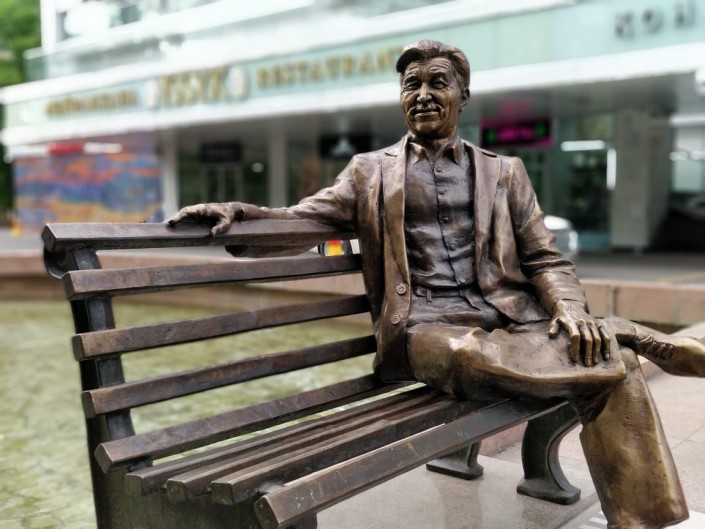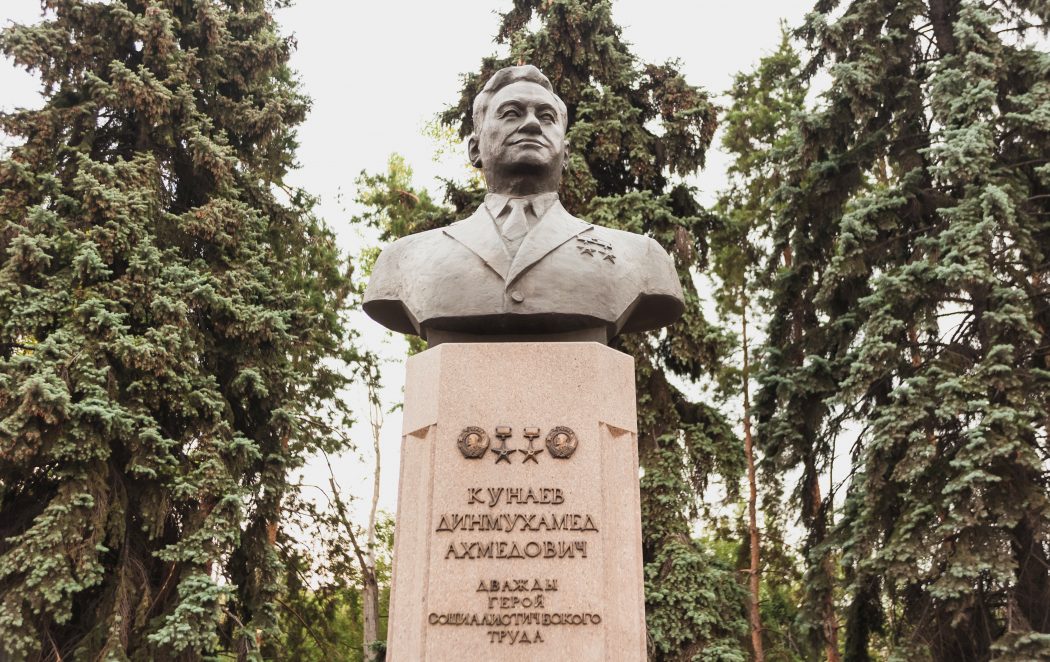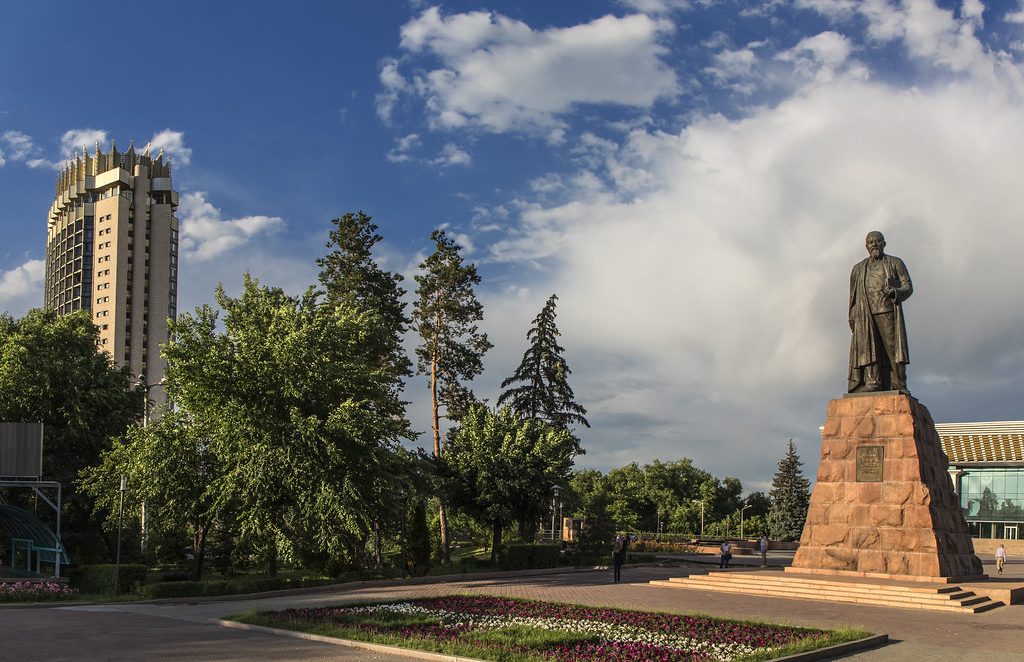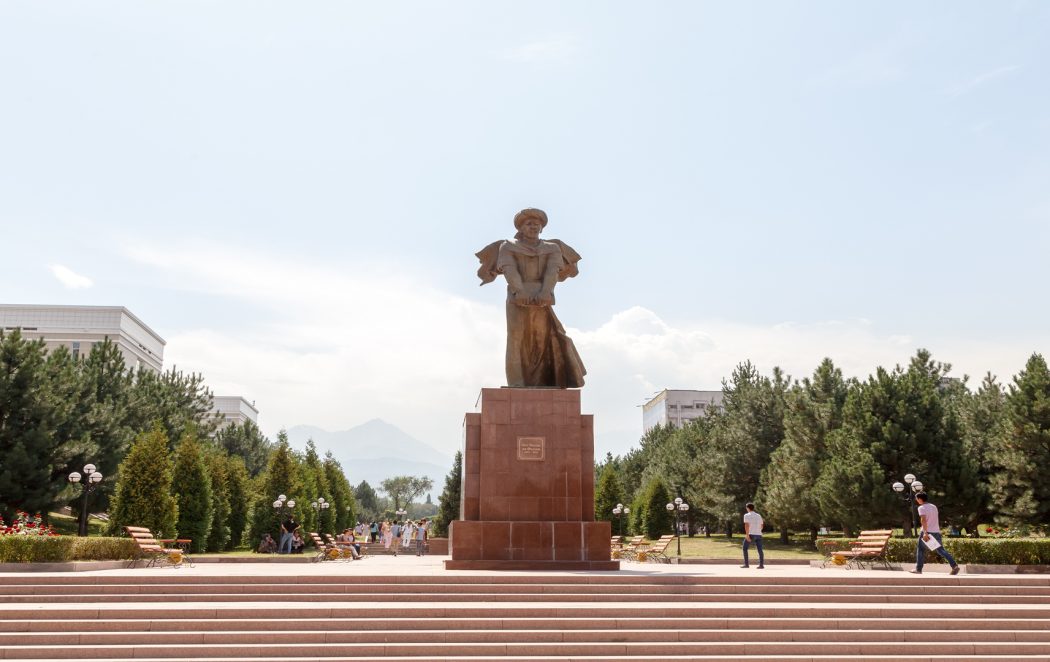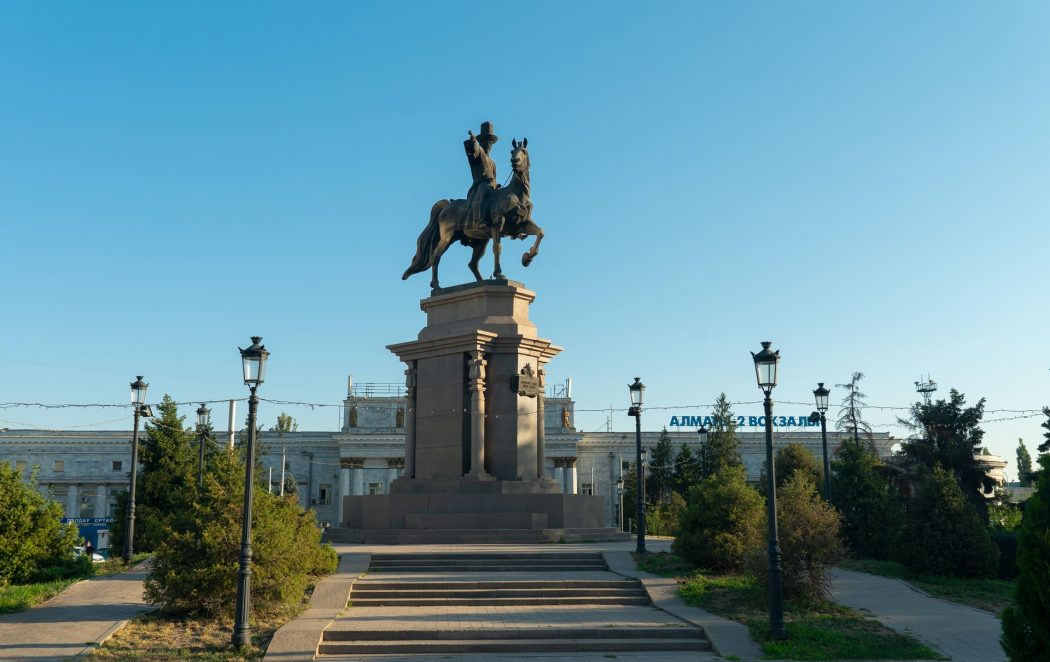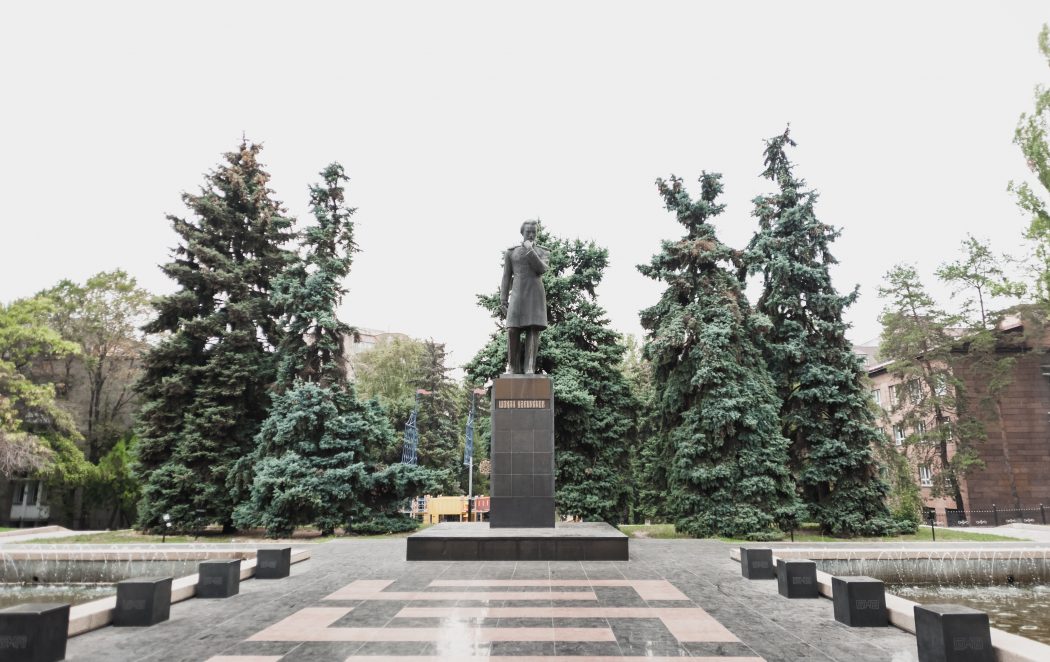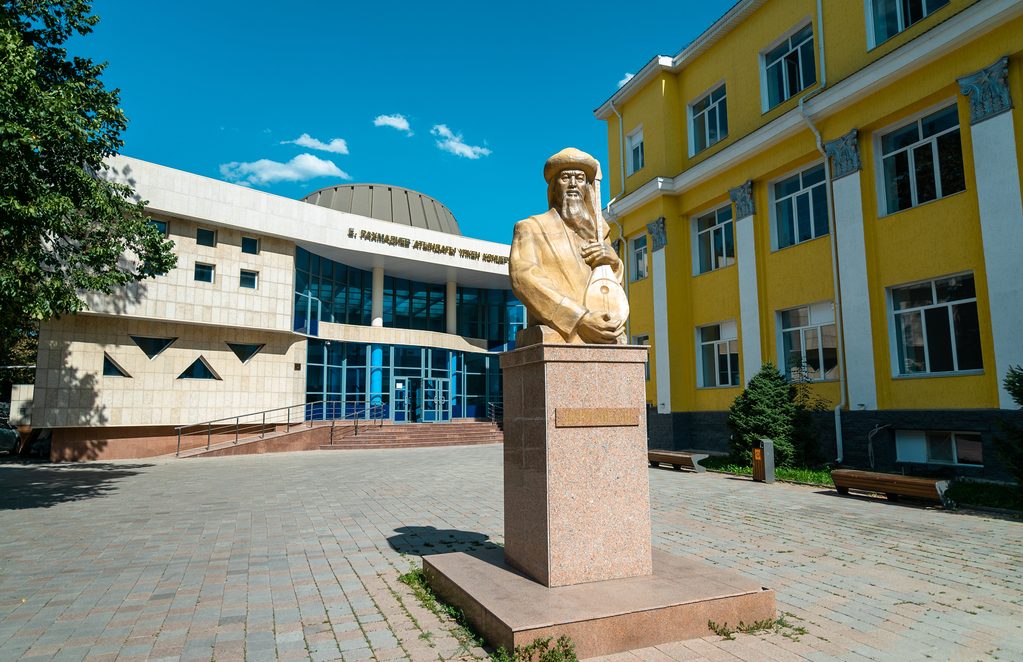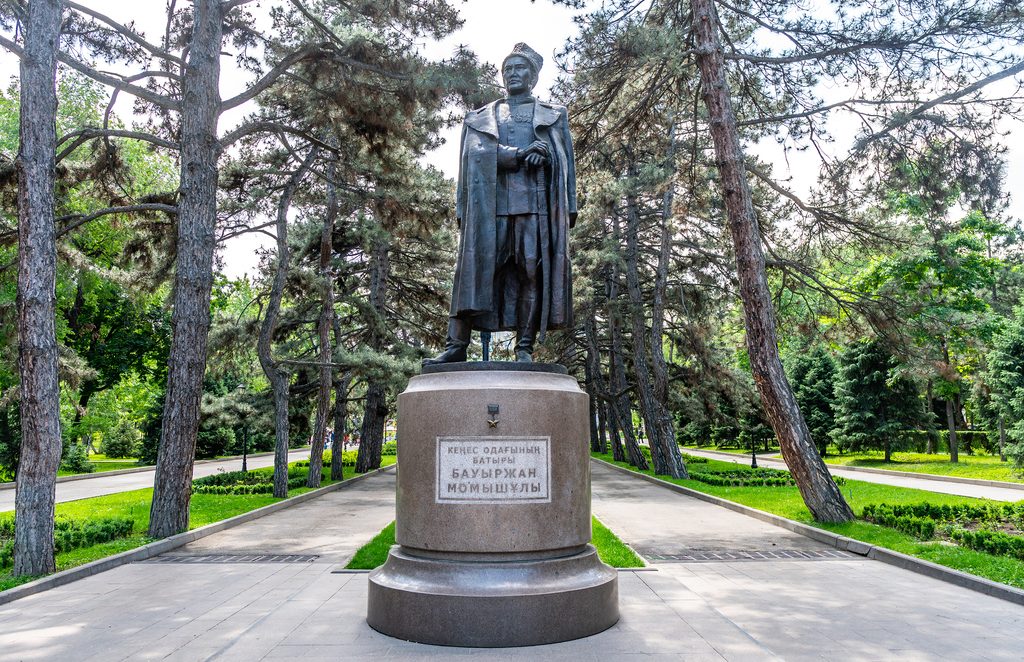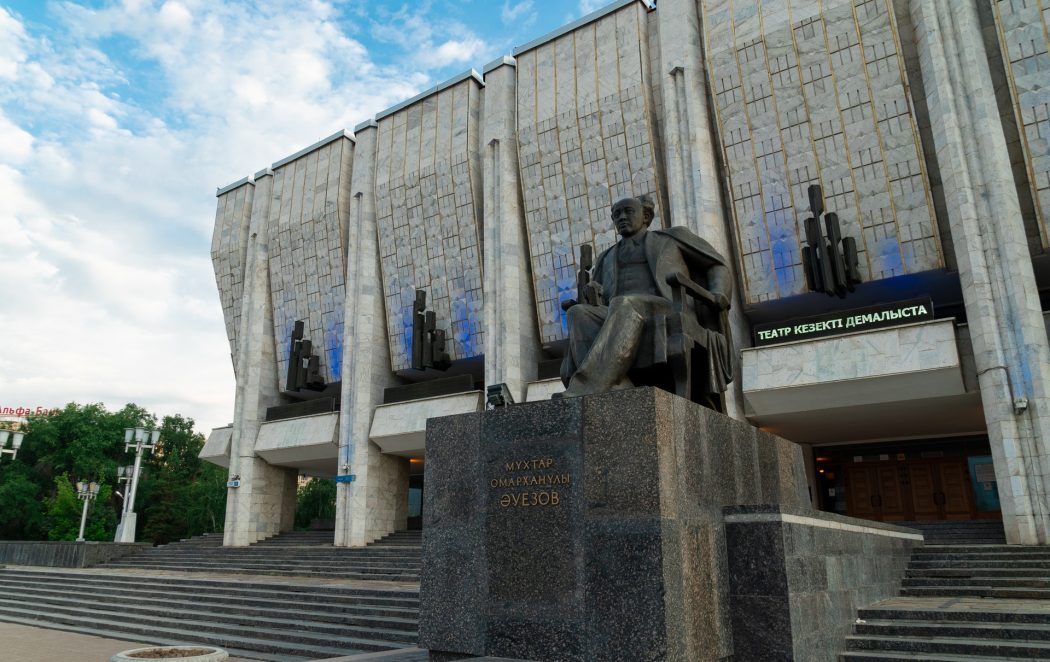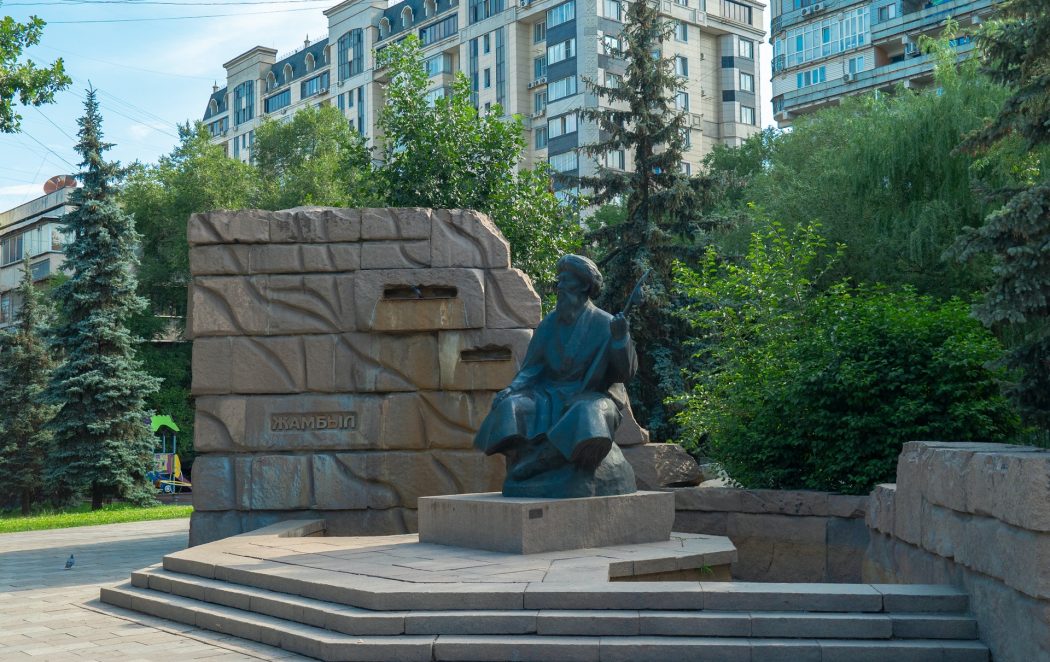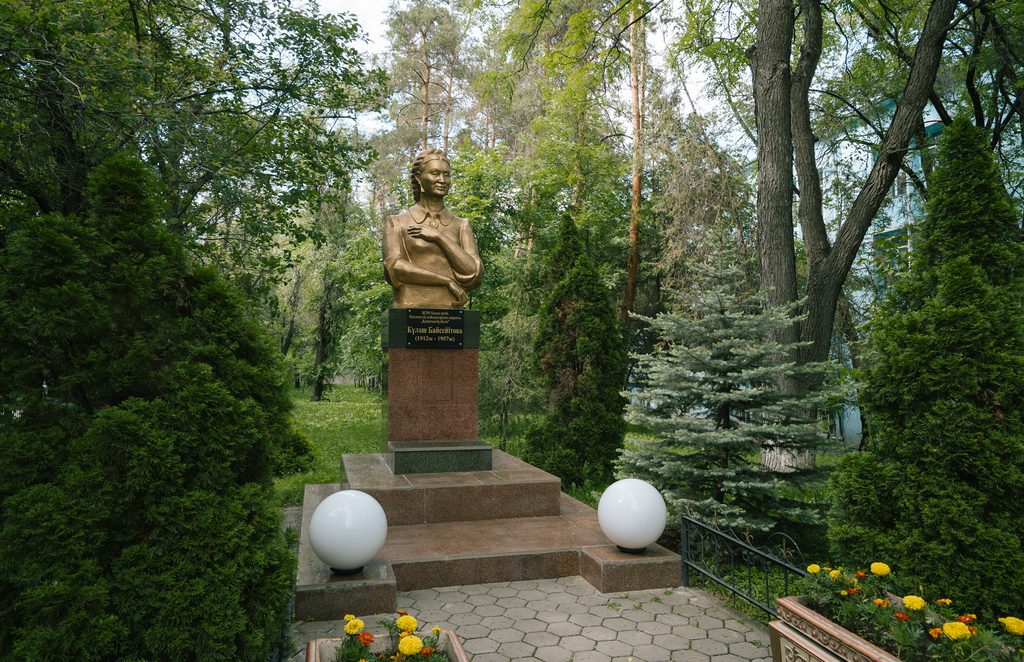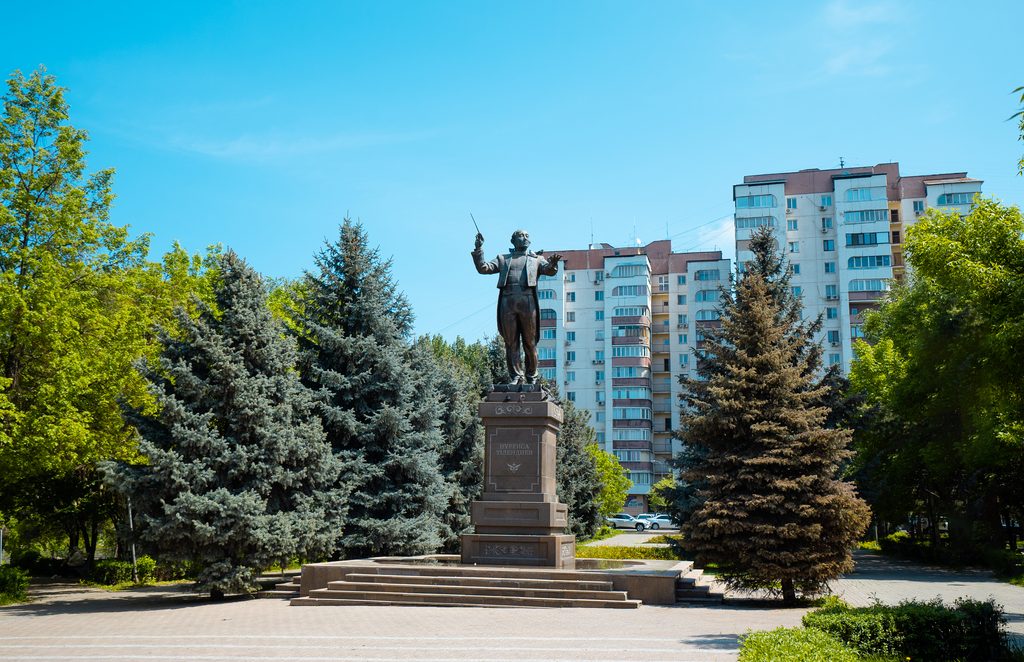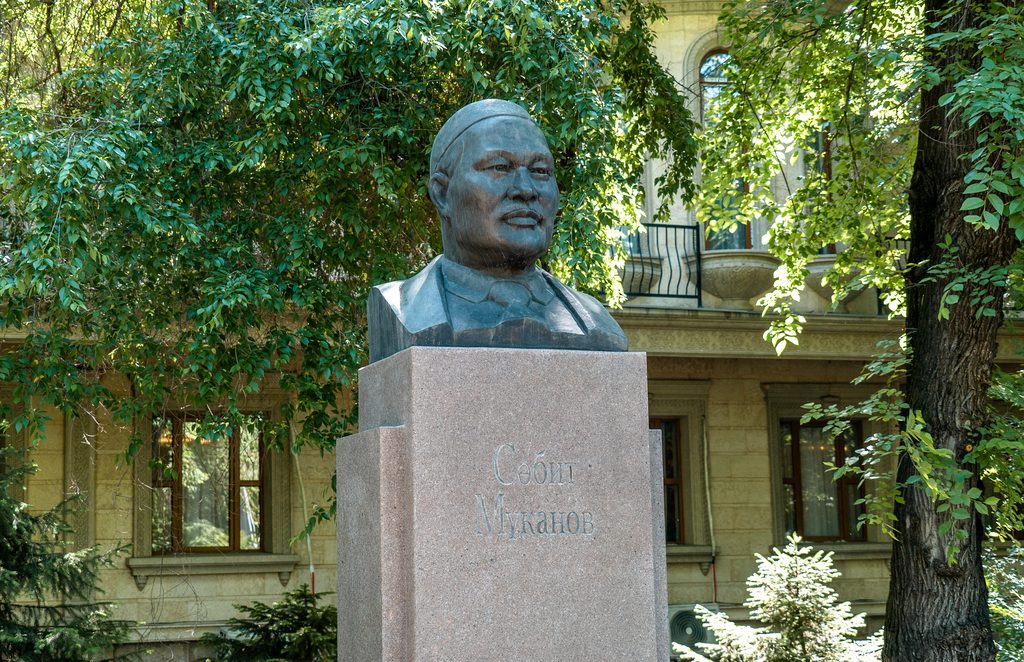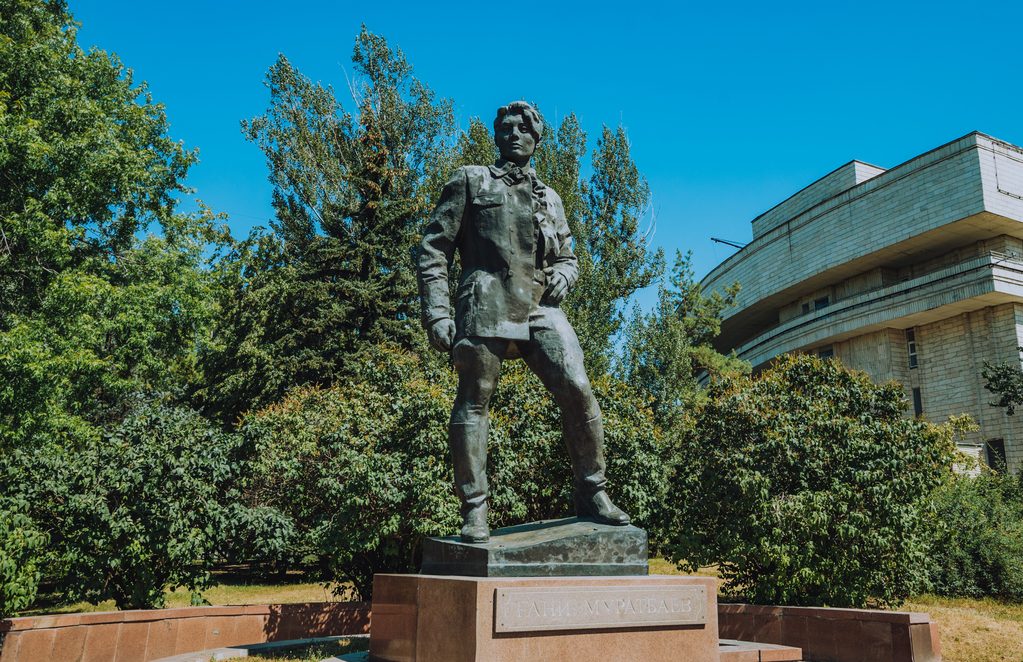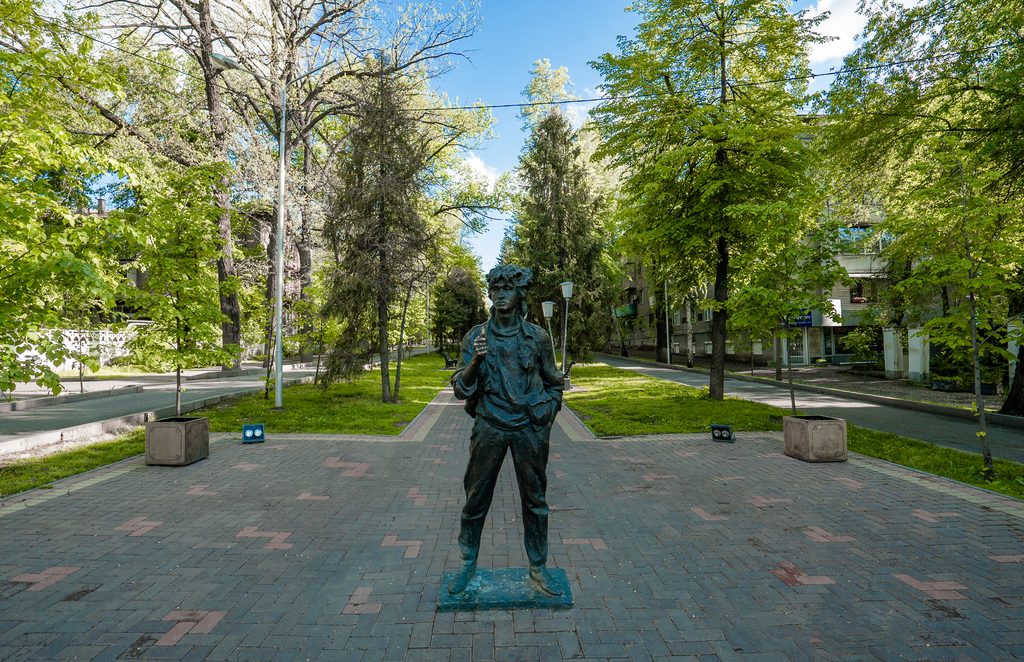The monument to the victims of the famine of 1931-1933 was erected in the Karagayly Square at the intersection of Kabanbay batyr and Nauryzbay batyr streets.
The three-meter sculpture of a mother pressing a child exhausted from famine to her chest is made of bronze and granite. In the period from 1918 to 1933, according to various sources, more than 3 million people died in Kazakhstan, including about 1.7 million people died in the period from 1931 to 1933. Over 100 thousand Kazakhstanis became victims of the repressions in 1937-1938.
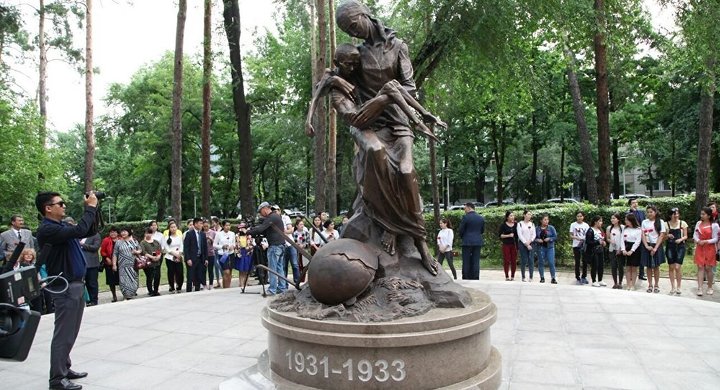
In 1925, the well-known figure of the CPSU (b) Philip Goloshchyokin was appointed the first secretary of the Kazkraykom. In the first two years of his govern (1925-1927) he spent in the Kazakhstan region. The vast majority of Kazakhs were then semi-nomads. According to the 1926 census, a quarter of Kazakhs were sedentary, 6% of Kazakhs wandered year-round, and more than 65% were semi-nomads (they wandered only in the summer). In these years, livestock and property were taken away from people which were sent to settlement points under police escort. The cattle requisitioned for the needs of collective farms were slaughtered on the spot, since it was impossible to feed the large herds gathered in one place. By 1933, approximately one tenth of the 40 million livestock were left. First of all, the Kazakhs suffered from such actions, as livestock was the main, and often the only source of food for them.
The first event in Kazakhstan was the confiscations carried out in the spring of 1928 and in the fall of 1928.
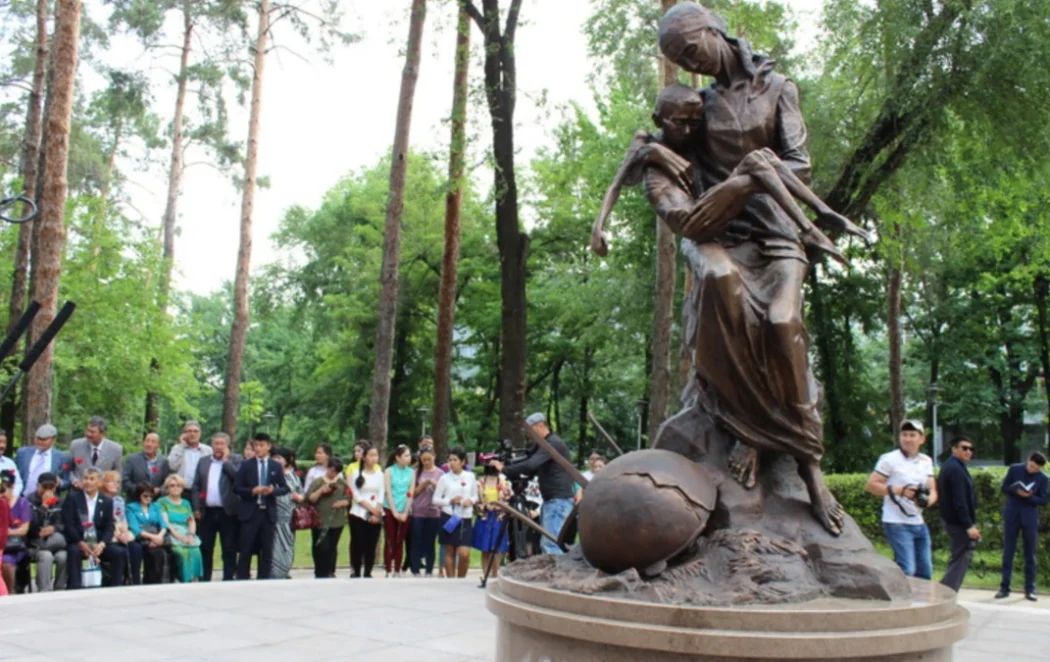
The first event in Kazakhstan was the confiscations carried out in the spring of 1928 and in the fall of 1928. 11 260 households were confiscated, from which about 4.5 million heads of cattle were taken away. According to Goloshchyokin himself, the initial plans of the Soviet government were twice as large, and they were going to confiscate farms up to 15 million heads (all further, according to statistics of the 1920s, translated into cattle), and the total number of livestock for semi-feudal bays should have been no more than 150 heads per farm. But when approving the plan of confiscation of 1928 in the Central Committee of the All-Union Communist Party of Bolsheviks, Goloshchyokin was seized, and other norms were established: 400 heads for nomadic farms, 300 for semi-nomadic, 150 for sedentary Kazakh. The total number of farms subject to confiscation decreased to 7,000.
As a result, from 19 million people (as estimated by Robert Conquest) up to 1.75 million people died in 1931-1933 (as estimated by Abylkhozhin, Kozybaev and Tatimov, 1989). About 1 million Kazakhs were forced to migrate to the regions of the Russian Federation adjacent to the Kazak Autonomous Soviet Socialist Republic, including the Kyrgyz Autonomous Soviet Socialist Republic, the Karakalpak Autonomous Soviet Socialist Republic, the Saratov, Stalingrad and Middle Volga Territories, as well as the Orenburg, Chelyabinsk and Omsk Regions, the West Siberian Territory. According to the Decree of the President, May 31, 1997 has been declared as a day of remembrance for victims of political repressions in the country.


